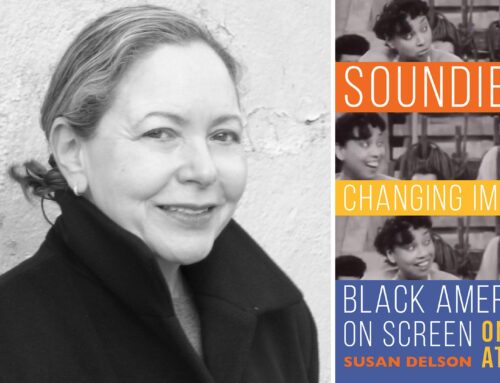Suffolk County seeks septic system reform as brown tide worsens in Great South Bay
Article Published Here
By Jill Ryan and Skyler Gilbert Sept. 27, 2017
A comprehensive plan, released on Monday morning by Suffolk County executives, is seeking to fund action against harmful algal blooms (HABs) such as brown tide. The phenomenon, which devastated shellfish populations this summer, is primarily caused by nitrogen pollution from antiquated septic systems.
“More than 360,000 homes in Suffolk County rely on outdated cesspools and septic systems that do not treat properly wastewater to remove nitrogen, more than the entire state of New Jersey,” Dr. James Tomarken, Commissioner of Suffolk County Department of Health Services, said in a statement. An excess of nitrogen in the water allows for these algae to reproduce faster.
Brown tide levels reached a record 2.3 million cells per milliliter density in the Great South Bay this summer, according to September 2017 water quality report. Although non-toxic to humans, any amount over 50,000 cells per milliliter is harmful to shellfish, Dr. Christopher Gobler, a professor of Stony Brook University, said in the report.
Suffolk County implemented the Septic Improvement Program in July as an incentive for homeowners in need of septic tank replacement to buy an eco-friendly system with subsidized rates. To date, over 500 residents have applied to submit grant funding, which are worth up to $11,000.
“A conventional onsite septic system was never designed to remove nitrogen,” Reclaim Our Water, a group associated with the Suffolk County Department of Health Services, said.
The increase in government action to combat this issue follows a brutal summer for shellfish, who, as filter feeders, are especially vulnerable to dense, toxic algae.
Hart Shellfish, an oyster hatchery in Sayville, reported total mortality over a period of two and a half months. Over 8 million potential oyster seed died, a financial loss of at least $400,000.
“I’ve been working here five years, and the brown tide is always a problem,” Elizabeth Savage, the hatchery manager, said. “But this year there was just no keeping them alive. It was just too long.”
Moderate brown tide lasting one or two weeks is normal in the area, Savage said, and can be withstood using purified saltwater from an upwelling system and the hatchery’s self-grown algae to keep the seed alive.
The artificial habitat could only suffice for so long. This year, the algal bloom’s duration proved dire.
“You need nature,” Savage said. “You can’t mimic nature. There’s certain bacteria and things [in the bay] that exist that we have to give to them.”
In past years, Savage would have to scrub the hatchery’s drums and buckets of wildlife growing on them — copepods, barnacles and skeleton shrimp — twice a week. This year, the brown tide made the bay essentially lifeless.
“I didn’t have to clean these once this year,” she said, pointing to a pair of drums.
Great Atlantic Shellfish Farm in East Islip, which farms adult-sized clams and oysters, also took a toll from the brown tide.
Eighty to 90 percent of clams died over the summer. Under normal conditions, clam mortality is essentially zero.
“Our animals have been able to endure the brown tide in the past,” Joshua Perry, a marine biologist and algae specialist, said. “But this year it was so dense, and it lasted such a long time. It was terrible.”
In the 1970s, the Great South Bay clam population accounted for more than half the clams eaten in the entire United States, according to The Nature Conservancy. Today, the population borders extinction in the area.
“Back in the day, before the clams and everything were over-harvested, the bay was able to filter itself every day or every couple of days,” Perry said. “Now it takes 30 days.”
The federal government has not yet given support for the problem, but Sen. Chuck Schumer said last week that he is pushing for some of the $100 million from the proposed “Harmful Algal Bloom and Hypoxia Research and Control Act” to be allocated for Long Island.
“Suffolk County has the very first comprehensive strategy ever developed to begin addressing the challenges of harmful algal blooms at a time when the federal government is poised to provide funding for that purpose.” Suffolk County Executive Steve Bellone said Monday in a statement. “The timing of our work could not be better.”





